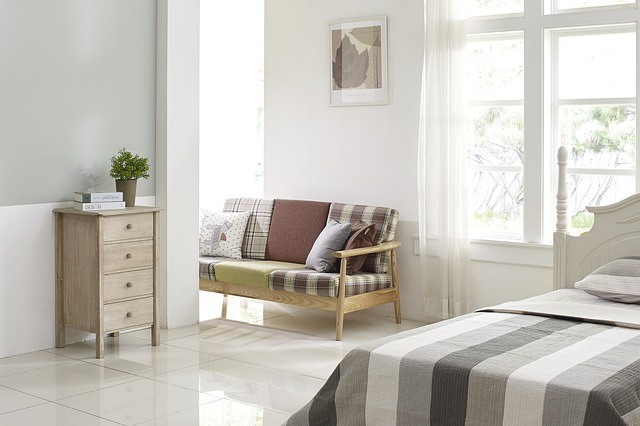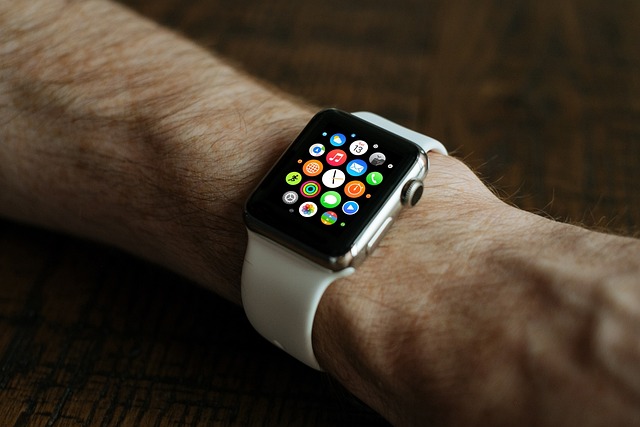Practical Home Design Tips for Individuals with Dementia and Sight Impairment

Designing a home for someone living with both dementia and sight impairment requires more than aesthetics—it’s about creating an environment that promotes safety, comfort, and independence. As cognitive and visual changes alter how a person interacts with their surroundings, thoughtful modifications can significantly enhance their quality of life.
Here are practical, real-world design tips that can make a meaningful difference.
1. Enhance Lighting Throughout the Home
Poor lighting can increase confusion and falls for those with dementia and visual challenges. To improve visibility:
- Use bright, even lighting in all rooms, especially hallways and bathrooms.
- Install motion-sensor lights for nighttime navigation.
- Avoid glare by using matte finishes on floors and surfaces.
- Make the most of natural light—open curtains during the day and use sheer drapes to diffuse harsh sunlight.
Tip: Position lamps and light fixtures to eliminate shadows that can be confusing or frightening.
2. Use Color and Contrast Strategically
Color and contrast can help people with vision loss distinguish objects, doorways, and furniture.
- Paint door frames a contrasting color to walls.
- Use bright, solid-colored tableware that stands out against table surfaces.
- Choose furniture upholstery that contrasts with the flooring.
Avoid busy patterns and opt for clear color cues to help with spatial recognition and memory recall.
3. Keep Flooring Safe and Consistent
Flooring should be non-slip, uniform, and matte-finished. Avoid changes in texture or color between rooms, which may appear like steps or holes to someone with visual or cognitive impairment.
- Remove loose rugs and mats that can cause tripping.
- Use floor markings or tactile indicators in key areas, such as near stairs or doorways.
- Choose soft, quiet materials like cork or rubber to reduce noise confusion.
4. Simplify Room Layouts
Cluttered spaces can cause anxiety and disorientation.
- Stick to a simple, predictable furniture arrangement.
- Create clear walking paths free of obstacles.
- Avoid excessive decorations or visually “busy” spaces.
Open-plan layouts can be overwhelming. Use subtle room dividers or different colored rugs to define areas like eating, resting, or working zones.
5. Use Labels and Signage Thoughtfully
Memory cues and readable signage can help individuals find their way and feel in control.
- Use large-font, high-contrast labels on drawers, doors, and cabinets.
- Include pictograms along with words for better comprehension.
- Label bathrooms, bedrooms, and kitchen areas clearly and consistently.
Consider memory boxes outside bedroom doors with photos or familiar items to help identify rooms.
6. Create Calm Zones and Familiar Touchpoints
Familiarity reduces anxiety and boosts emotional well-being.
- Decorate with personal items, photos, or memorabilia.
- Include a quiet corner with soft lighting and cozy seating for rest or reflection.
- Use scent cues (lavender, peppermint) for calming effects—just ensure they’re non-irritating and not overpowering.
7. Make the Bathroom Safer and More Intuitive
Bathrooms can be hazardous for people with dementia and sight impairment.
- Use contrasting toilet seats and grab rails.
- Install non-slip mats in the shower or tub.
- Label hot and cold taps clearly, or use anti-scald devices.
- Consider a walk-in shower for easier access.
Keep toiletries in consistent places, and consider using clear containers to make items visible.
8. Secure the Kitchen While Promoting Independence
A well-organized kitchen allows for safe, independent use with supervision.
- Store essentials within easy reach and label cupboards clearly.
- Use appliances with simple controls and auto shut-off functions.
- Keep cleaning chemicals locked away.
- Place contrast strips on counter edges and appliance handles.






